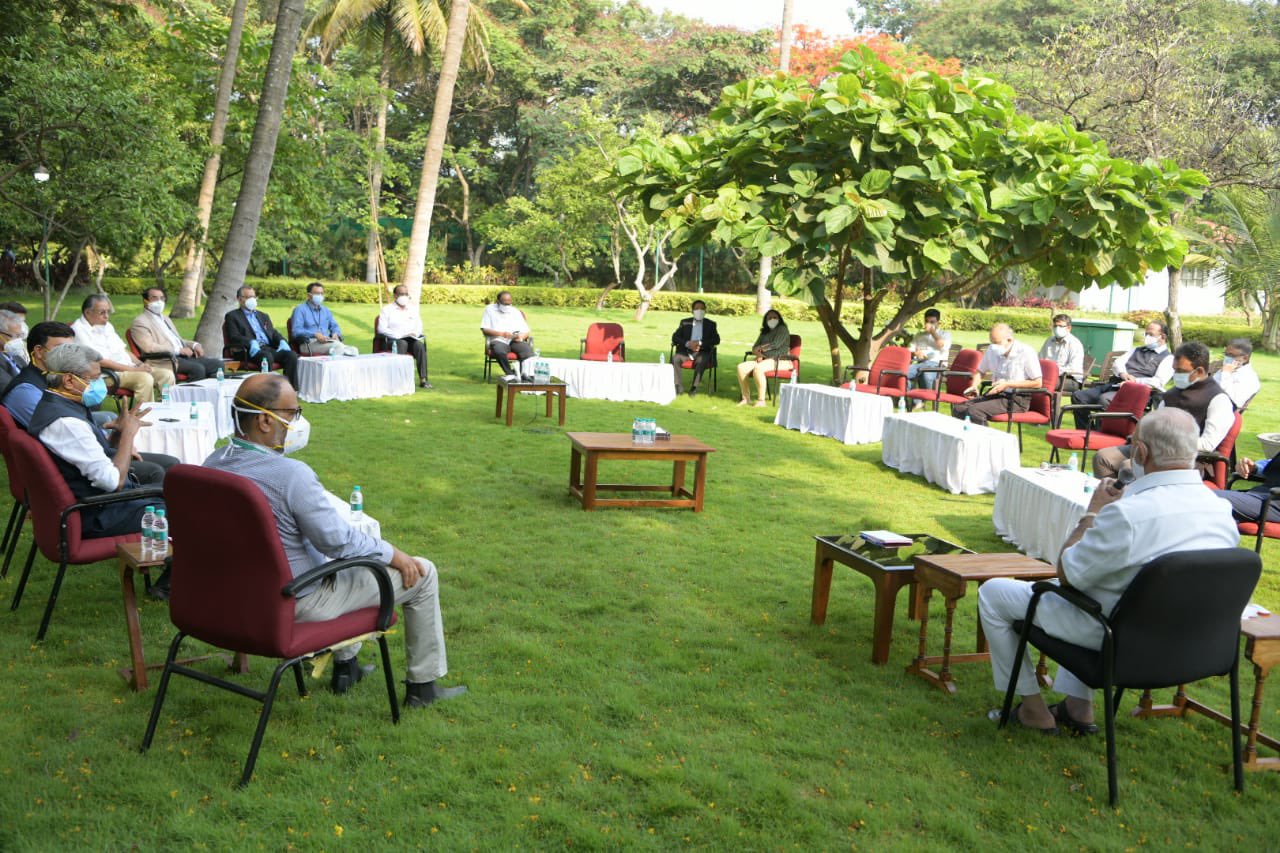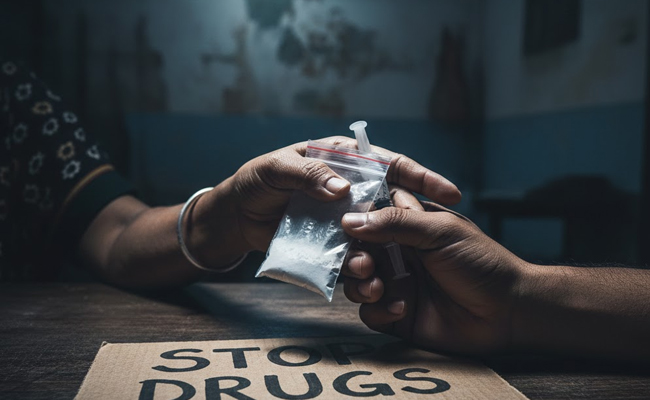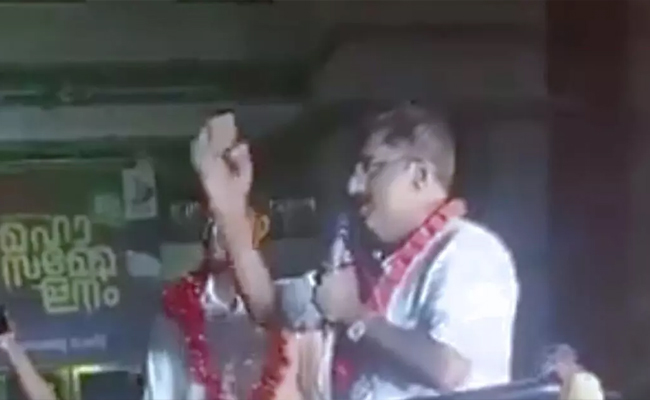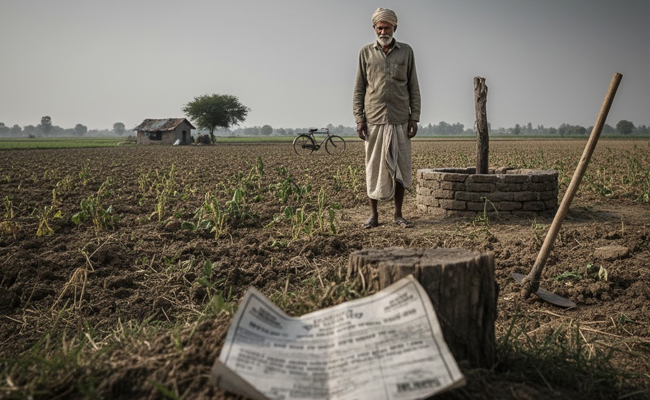Bengaluru, May 1: With four lakh active COVID-19 cases in Karnataka, the State government on Saturday drew a detailed action plan to combat the pandemic.
The action plan includes roping in final year medical and nursing students.
The government decided to use the students in the final year of Nursing, Pharmacy, Physiotherapy, Ayush doctors, dentists and hospital management for COVID-19 duty.
The decision was taken at a meeting chaired by Chief Minister B S Yediyurappa with the head of top private medical hospitals.
Later, the Chief Minister posted a series of tweets on his Twitter handle.
"Held detailed discussion with management of private hospitals to expand availability of beds and optimise the existing resources. Oxygen beds will be set up at stepdown hospitals using portable oxygen concentrators and centralised oxygen beds will be converted into ICU beds," Yediyurappa tweeted.
His office issued a statement detailing the measures taken by the government.
"To overcome the shortage of 'medical human resource', the government has decided to rope in final year medical and nursing students for the COVID duty and give them grace marks. Their final year exam will be postponed and they will be given incentives," a statement read.
Further, it was decided to enrol doctors with the Karnataka Medical Council who have completed their courses in foreign countries, and put them on COVID duty.
The government doctors with less workload would be identified and assigned for COVID duty, the statement read.
It has also been decided to convert hotels as step-down hospitals with oxygenated beds and convert the existing oxygenated beds into ICU beds.
Converting medical college hostels into oxygenated beds and giving financial aid to the private medical colleges to set up oxygen generation plants were part of the action plan.
Patients would be triaged to minimise the number of patients in the hospitals and those who are asymptomatic would be asked to isolate at home where they would be given telemedicine.
As Prime Minister Narendra Modi had advised to the Chief Ministers in his recent video conference, there would be an audit of oxygen and Remdesivir injection to prevent their misuse.
The government also decided to gear up for the third wave of COVID-19 by forming a panel of experts and speed up the vaccination drive.
"An expert group will be constituted to advise the government on prevention and mitigation of possible third and future waves of infection. The pandemic is an unprecedented challenge to humanity and we have to defeat it together with confidence, compassion and collaboration," Yediyurappa tweeted.
These measures were taken as the State has started logging around 40,000 to 48,000 cases daily with Bengaluru seeing over 50 per cent of the daily caseloads and fatalities.
Already, the government has appointed a senior IPS officer to arrange 4,000 ICU beds in the city with 500 beds in each of the eight municipal zones.
Held detailed discussion with managements of private hospitals to expand availability of beds and optimize existing resources. Oxygen beds will be set up at step down hospitals using portable oxygen concentrators and centralized oxygen beds will be converted into ICU beds. 1/4 pic.twitter.com/jDJdferqH2
— B.S. Yediyurappa (@BSYBJP) May 1, 2021
Triaging and tele-medicine will be strengthened to ensure judicious and optimal utilisation of oxygenated and ICU beds. To augment human resource and reduce burden on healthcare staff, final year medical & paramedical students will be roped in for Covid-19 related work. 2/4
— B.S. Yediyurappa (@BSYBJP) May 1, 2021
Will provide financial support to private medical colleges to set up oxygen generation plants. Audit system will be put in place to check indiscriminate use of oxygen and Remdesivir . Strict action will be taken against black marketing and hoarding of essential drugs. 3/4
— B.S. Yediyurappa (@BSYBJP) May 1, 2021
An expert group will be constituted to advise government on prevention and mitigation of possible third and future waves of infection. The pandemic is an unprecedented challenge to humanity and we have to defeat it together with confidence, compassion and collaboration. 4/4
— B.S. Yediyurappa (@BSYBJP) May 1, 2021
Let the Truth be known. If you read VB and like VB, please be a VB Supporter and Help us deliver the Truth to one and all.
Mangaluru: Intensifying action against drug peddling, Mangaluru City police arrested 25 people and registered 12 cases under the Narcotic Drugs and Psychotropic Substances (NDPS) Act between November 30 and December 13. During the operation, police seized 685.6 grams of MDMA and 1.5 kg of Ganja, The Times of India reported.
City police commissioner Sudheer Kumar Reddy reportedly said, the QR code based anonymous reporting system, introduced to enable citizens and students to discreetly share information on drug-related activities, has received an encouraging response. Several recent arrests were made based on inputs received through this system, helping police tighten the noose around drug peddlers.
ALSO READ: "Women are only for sleeping with husbands”: CPI(M) leader’s victory speech sparks outrage
According to the report, so far this year, up to December 14, police have registered 107 drug peddling cases and arrested 219 accused. In addition, 562 cases were booked for drug consumption, leading to the arrest of 671 people.
During raids conducted this year, police allegedly seized large quantities of narcotics, including ganja worth Rs 88.7 lakh, MDMA valued at Rs 1.2 crore, and MDMA pills worth Rs 87,000. Other raids include charas worth Rs 1.7 lakh, hydro-weed ganja worth Rs 94.7 lakh, methamphetamine worth Rs 50,000, bhang chocolates worth Rs 6,800, cocaine worth Rs 1.9 lakh, and opium worth Rs 9,000.
In 2024, police arrested 160 peddlers in 88 cases, in addition to booking 1,026 cases for consumption and arresting 1,244 persons. In 2023, the police arrested 199 peddlers in 94 cases and booked 619 cases for consumption and arrested 749 persons.
"We ensure that peddlers are caught red-handed so that they cannot later dispute the case or claim innocence," TOI quoted commissioner Reddy as saying.
To curb drug use among students, police also introduced random drug testing in colleges. Around 100 educational institutions were covered in the first phase, where nearly 6,000 students were screened. As per the report, about 20 students tested positive and were counselled. They will undergo follow-up tests in the next phase.
Reiterating a zero-tolerance policy, the commissioner reportedly said random testing would continue and colleges have also been directed to conduct drug tests at the time of admission to deter substance abuse at an early stage.





